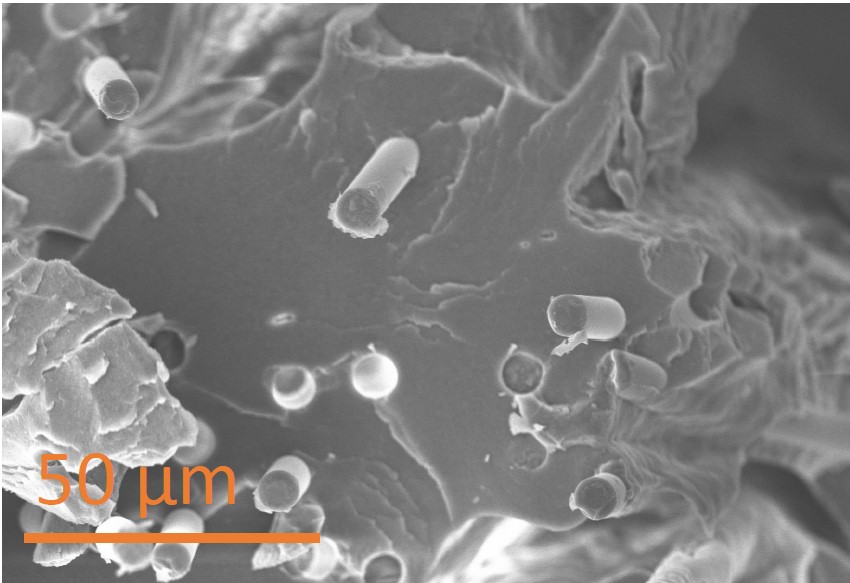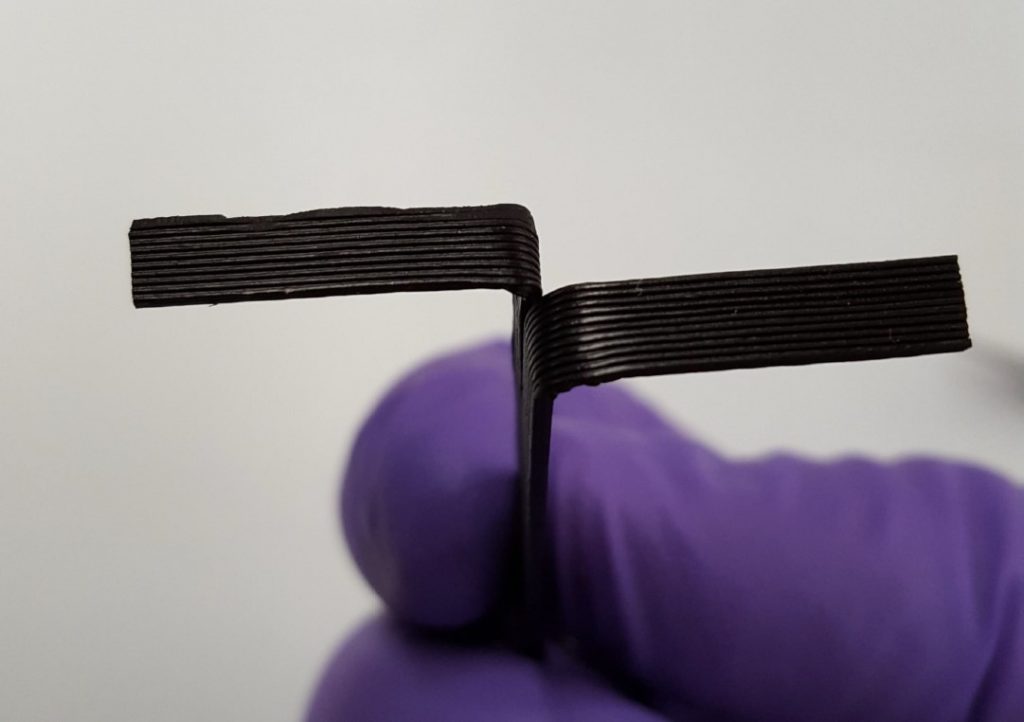A team from the Materials Science and Technology Division at Oak Ridge National Laboratory (ORNL) has published a study describing a significantly improved 3D printing material.
Writing in the scientific journal Applied Materials Today, the patent-pending process is described as giving “100% improved inter-layer adhesion strength” when 3D printed.

Sustainable 3D printing composites
To produce a composite 3D printer filament the team used a mix of lignin, rubber, carbon fiber and ABS. Lignin is found in plant cell walls and gives plants their sturdiness. Lignin is also a waste product of the pulping industry and a byproduct during the production of certain biofuels. The authors note that their process could make the existing waste into a money spinning opportunity for biofuel refineries.
Amit Naskar, corresponding author on the study said, “To achieve this, we are building on our experience with lignin during the last five years. We will continue fine tuning the material’s composition to make it even stronger.”
Carbon fiber is a key ingredient in this recipe for an enhanced 3D printing filament. The scientists found that when mixing ABS, rubber and lignin a decrease in adhesion between deposited layers was observed. However, by introducing discontinuous carbon fibers the degree of crosslinking was significantly improved. The research paper observes that the carbon fibers “play a critical bridging role between the deposited layers.”
The authors believe that the research, “offers a route toward utilizing lignin for replacement of petroleum-based thermoplastics used in additive manufacturing and methods to enhance printability of the materials with exceptional mechanical performance.”

3D printing with Lignin and other bioplastics
In 2014, we reported on a 3D printer filament using lignin. The filament was called BioFila and produced by twoBEars. BioFila is still available for sale, however enhanced strength does not appear to be the primary characteristic of the material.
Other approaches to creating bioplastic filaments include the use of citrus rinds by MIT spin-off Poly6, and a yeast-based process that converts urine into a material that can later be processed for 3D printing.
Lignin and 3D printing was also the subject of earlier research by an expanded ORNL team. During the Materials Research Society (MRS) Fall Meeting in November 2017 a paper entitled Lignin Based Thermally Conductive Materials for 3D-Printing Applications was presented.
The new research paper, A general method to improve 3D-printability and inter-layer adhesion in lignin-based composites, is available in the journal Applied Materials Today. The authors of the study are Ngoc A.Nguyen, Christopher C.Bowland and Amit K.Naskar.
For all the latest 3D printing news, subscribe to the 3D Printing Industry newsletter. Also, follow us on Twitter, and like us on Facebook.
Make your next additive manufacturing career move or hire new talent. Search and post 3D Printing Jobs on our free jobs service.
Featured image shows how researchers at ORNL developed a scalable processing technique to 3D print a plant-based composite material. Credit: Ngoc Nguyen/Oak Ridge National Laboratory, U.S. Dept. of Energy.



